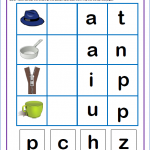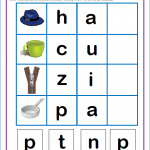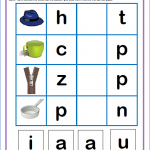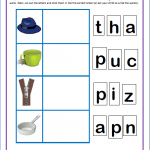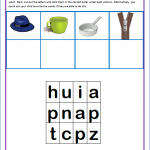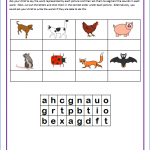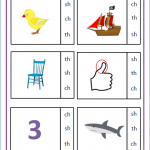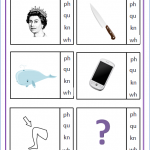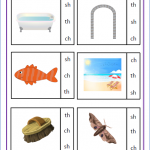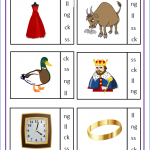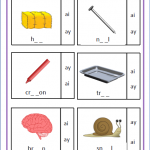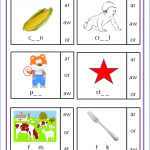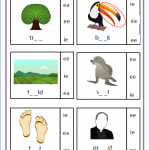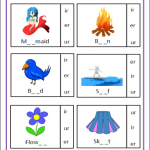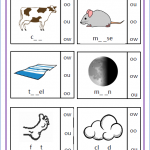What Does Segmenting Mean in Phonics?
A definition of segmenting in phonics would be the process of identifying and separating out the individual sounds (phonemes) in spoken words.
For example, the word ‘dog’ can be broken down into the 3 sounds which are represented in written form by the letters, ‘d’, ‘o’ and ‘g’.
Similarly, the word ‘shout’ can be broken down into 3 sounds represented by ‘sh’, ‘ou’ and ‘t’.
Click on the following link if you would like to see more examples of segmenting phonemes in common words.
Why is Segmenting Important?
Segmenting is a key skill that children need for spelling words using a synthetic phonics approach. Once they have identified the individual sounds in a word, a child can write out the letters that represent each sound, and this helps them to spell the whole word.
This is a more efficient way of spelling than trying to memorise the spellings of hundreds of words by rote.
How to Teach Phonics Segmenting
One of the most effective ways to teach segmenting is to break apart and reconstruct words using magnetic letters or alphabet cards.
We discuss how to use magnetic letters and alphabet cards in our article on spelling.
Some people recommend doing purely oral segmenting practice before introducing letters. However, there is evidence that it’s better to show children the relationship between segmenting and constructing written words right from the start. Consequently, it’s best to teach children about letter-sound correspondences before introducing segmenting.
See our passage, ‘Should Phonemic Awareness be Taught Without Letters?’ for more information about this.
Segmenting and blending should be taught alongside each other because they are closely related skills.
Perhaps start by demonstrating how to blend some simple CVC words containing the letter-sound correspondences you’ve already taught. Then show your children how to segment the same or similar words in the following session. As we mentioned above, it can be helpful to use magnetic letters or alphabet cards when you do this.
It’s important to focus on spoken sounds when segmenting, so it’s best not to mention letter names when you are practising segmenting and spelling initially.
Some teachers find it helpful to use ‘robot talk’ to teach segmenting sounds in words.
The idea is that a robot speaks in a more fragmented way than a real person, and this can be useful for demonstrating how to break words down into their individual sounds. This is shown in the video below:
Segmenting/Spelling Activities
We’ve produced some segmenting worksheets that are helpful for introducing the idea in a step-by-step way…
We’ve also got a variety of free printable CVC word lists that are useful for segmenting and blending practice.
Free Digraph Worksheets
For further ideas, follow this link to our Phonemic Awareness/Phonics Segmenting Activities for Parents and Teachers.
We’ve also compiled a selection of free online segmenting phonics games.
There are some more ideas about how to teach segmenting on the Jolly Phonics at Home video below:
Helping Children with a Difficulty in Segmenting Words in Phonics
Since blending and segmenting are closely related skills (one is the reverse process of the other), many of the strategies for making blending easier also apply to segmenting.
See our section on Helping Children With a Difficulty in Blending Sounds in Words for some ideas.
